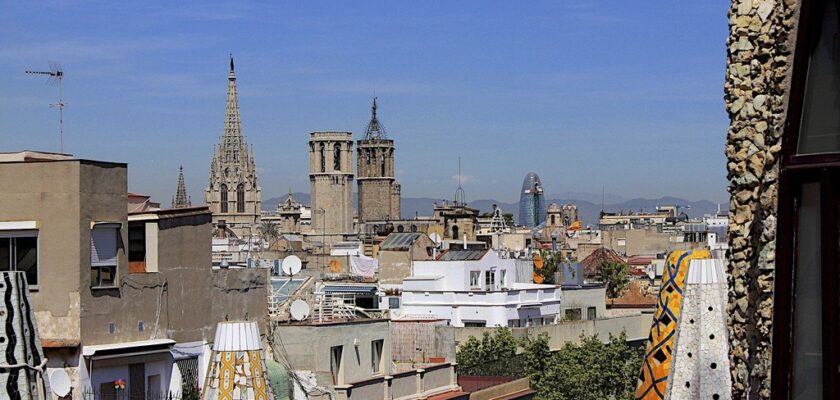Palau Güell
Palau Güell is one of Antoni Gaudi’s early creations. It is perhaps not as famous as the Casa Batlló, the Quarry, the Artigas Gardens or the Sagrada Familia, which is still under construction today. But that’s more of an advantage of the Guell Palace, because this way you have a real chance to get to know the Catalan architectural genius without the hustle and bustle inevitable in popular tourist destinations.
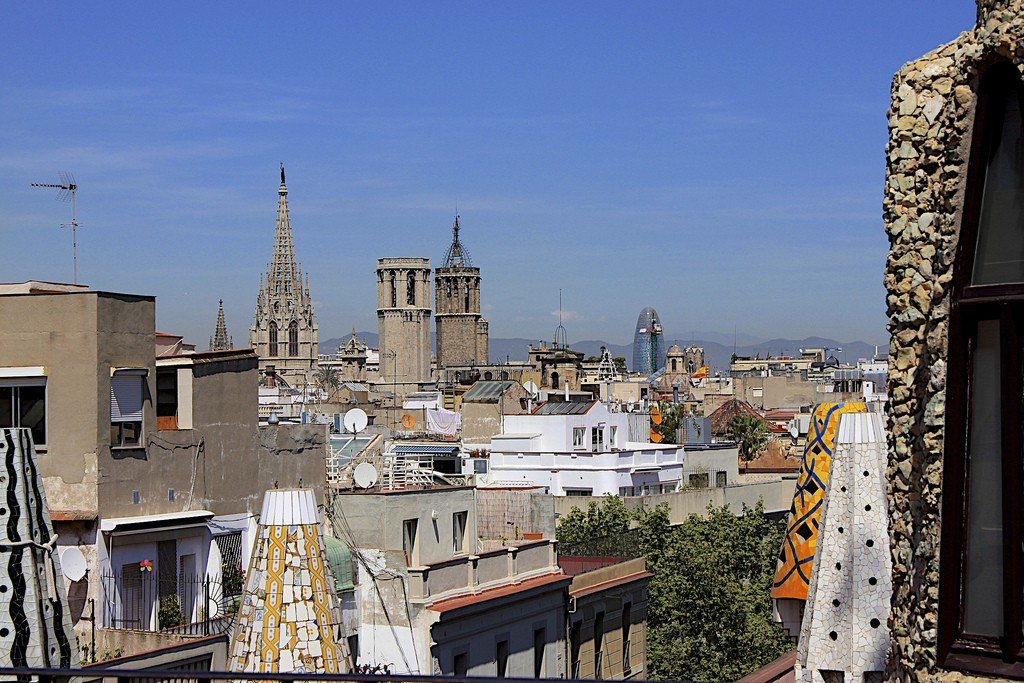
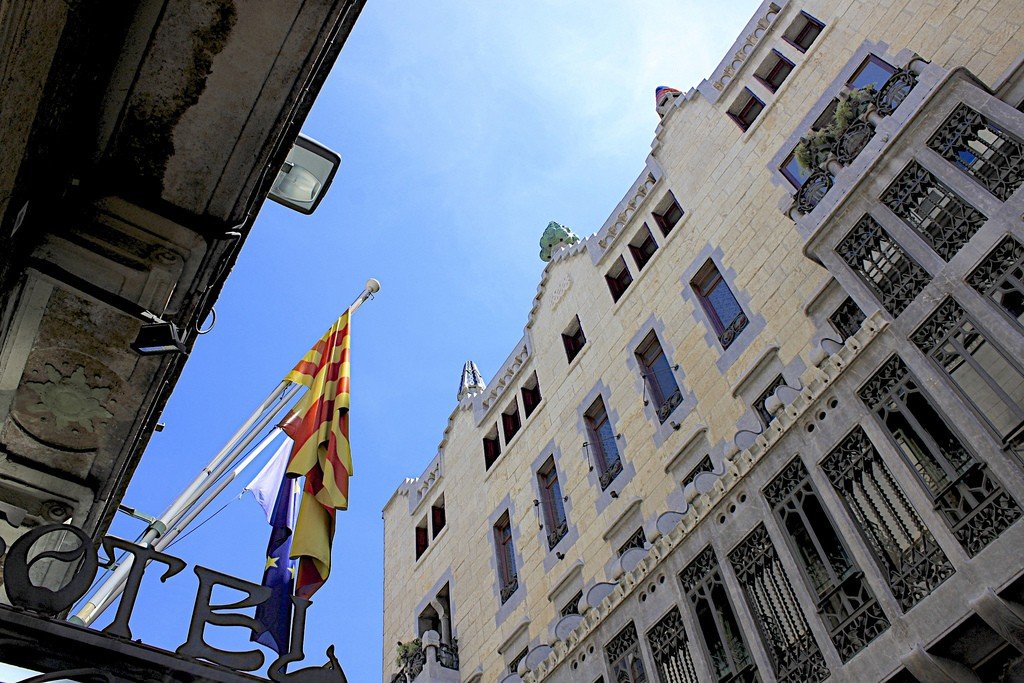
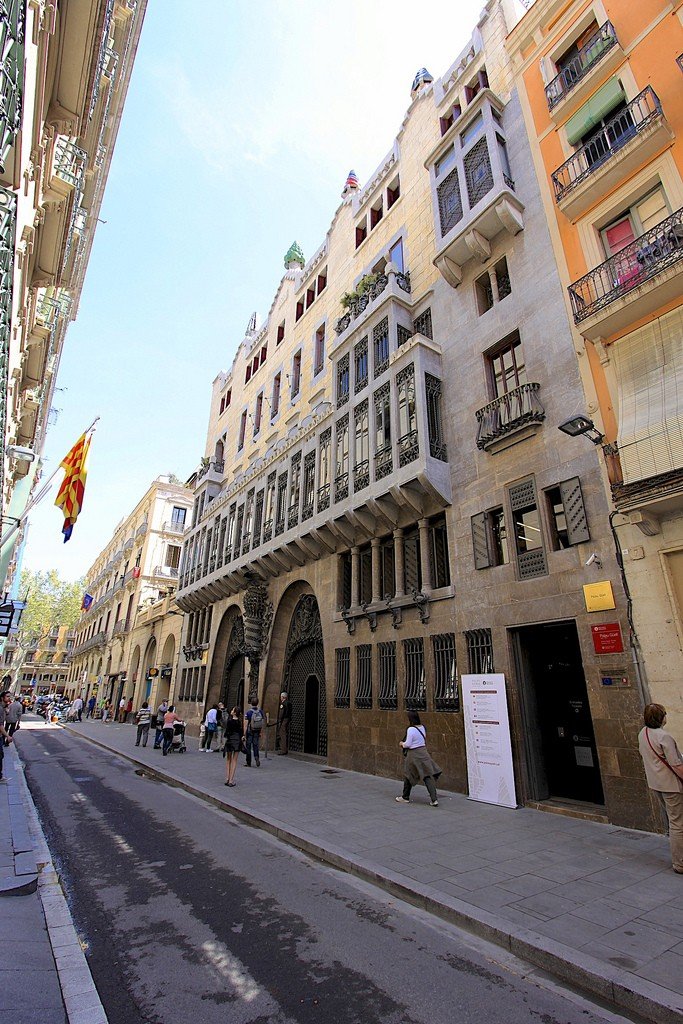
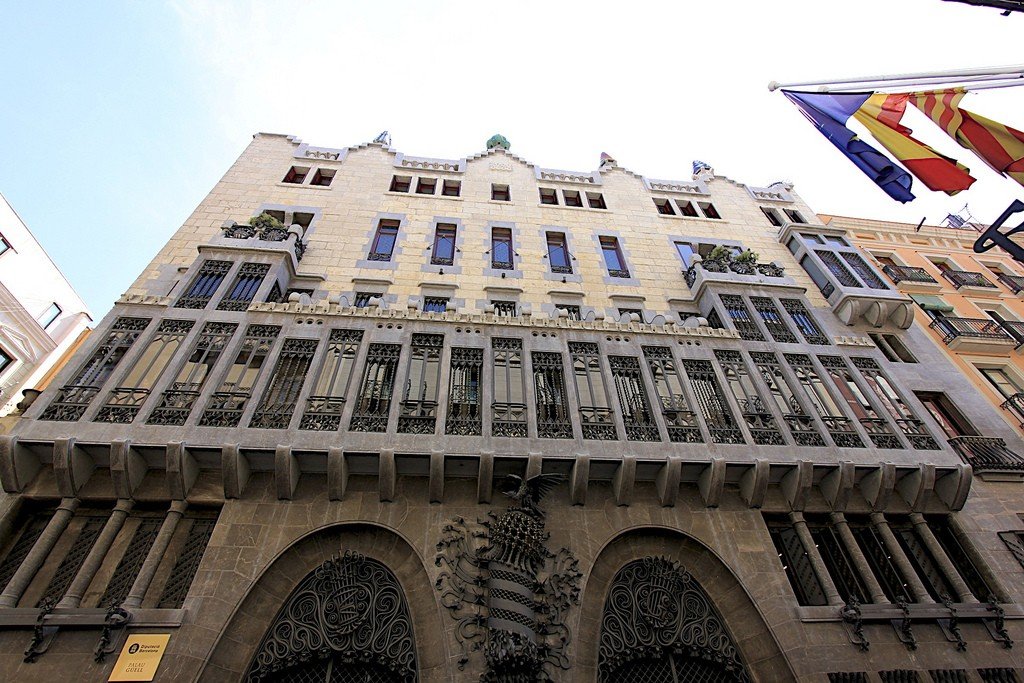
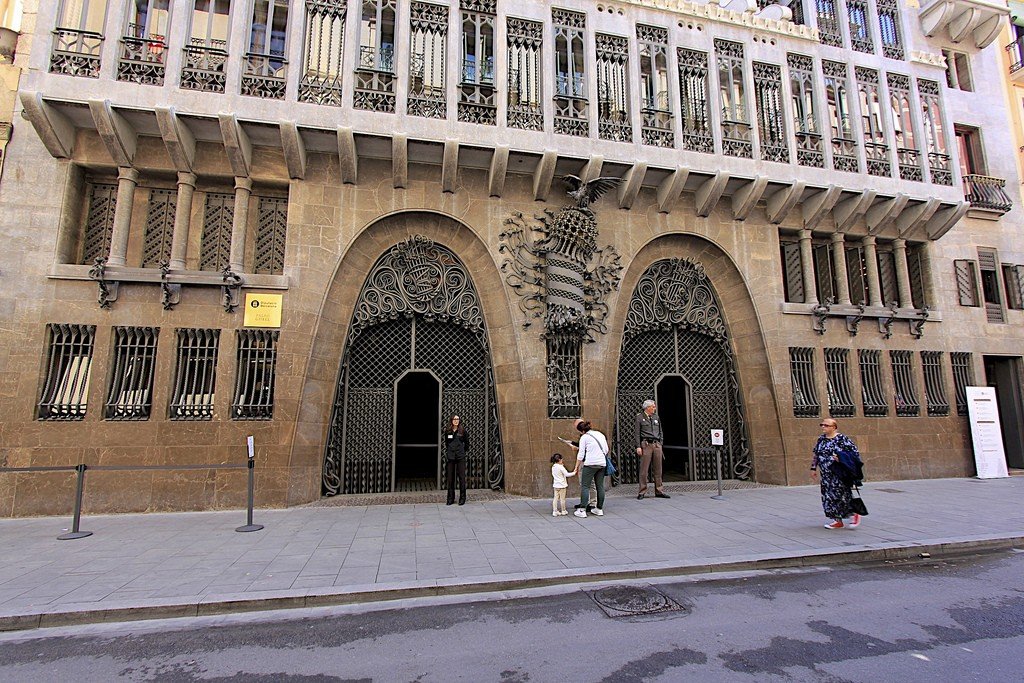
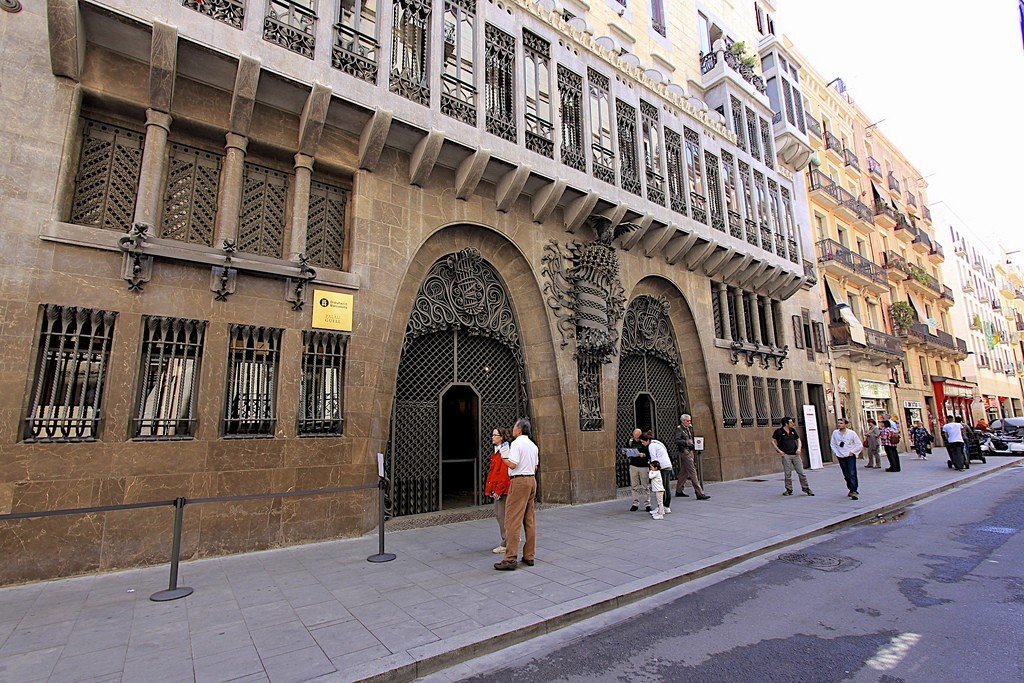
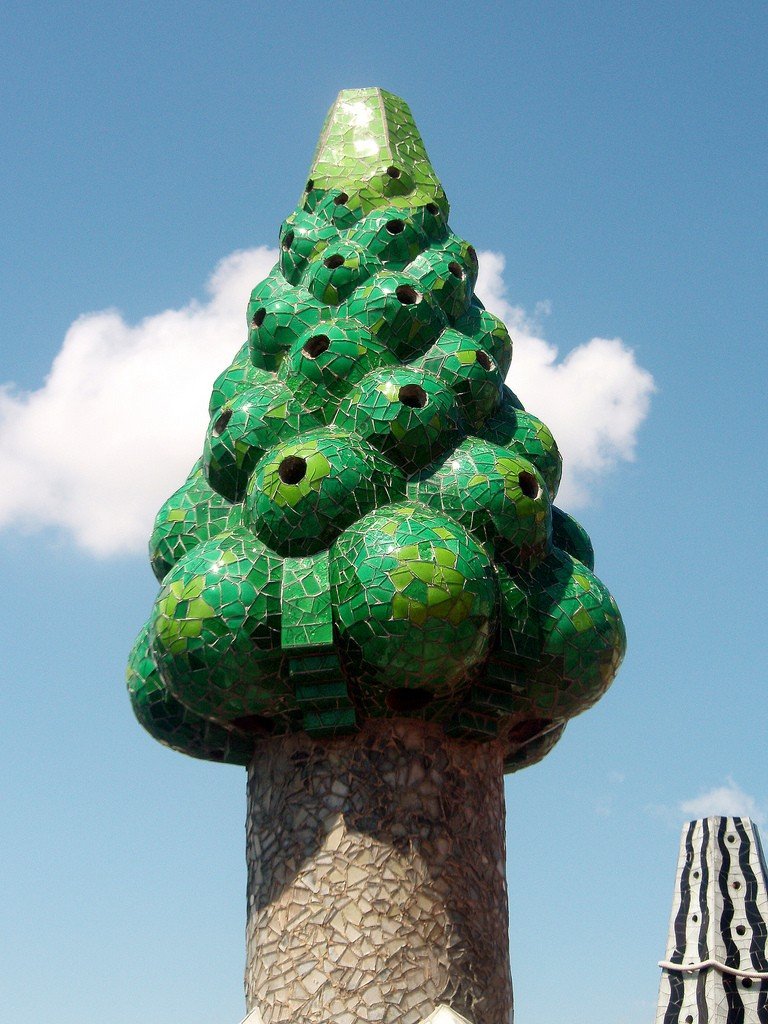
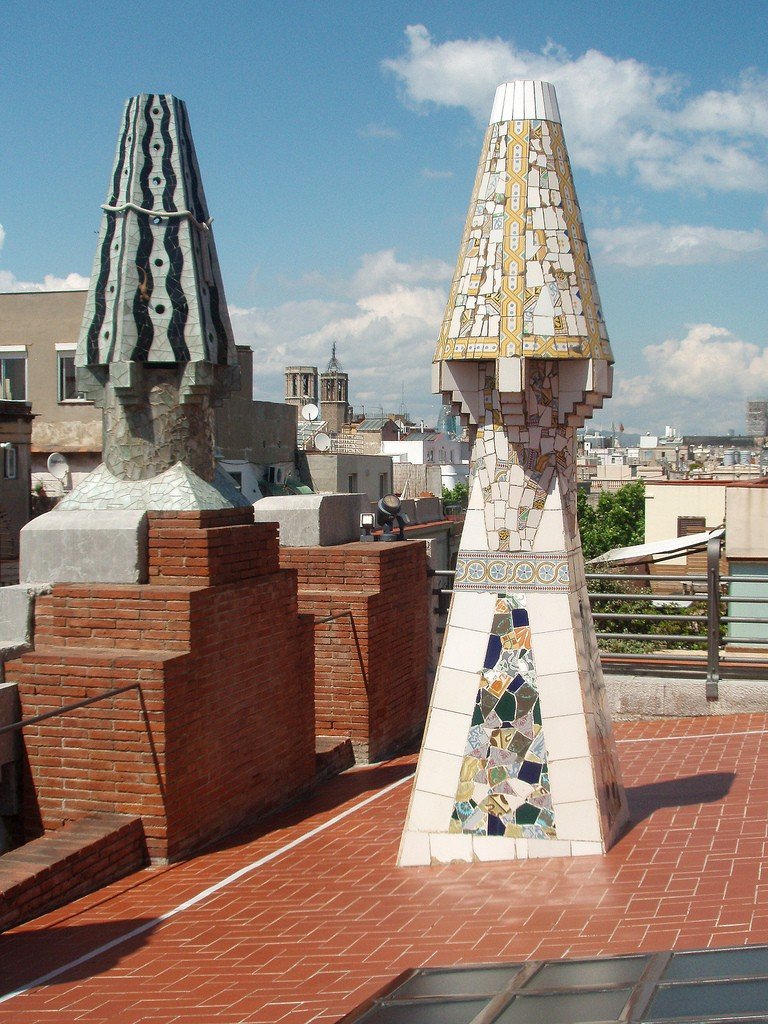
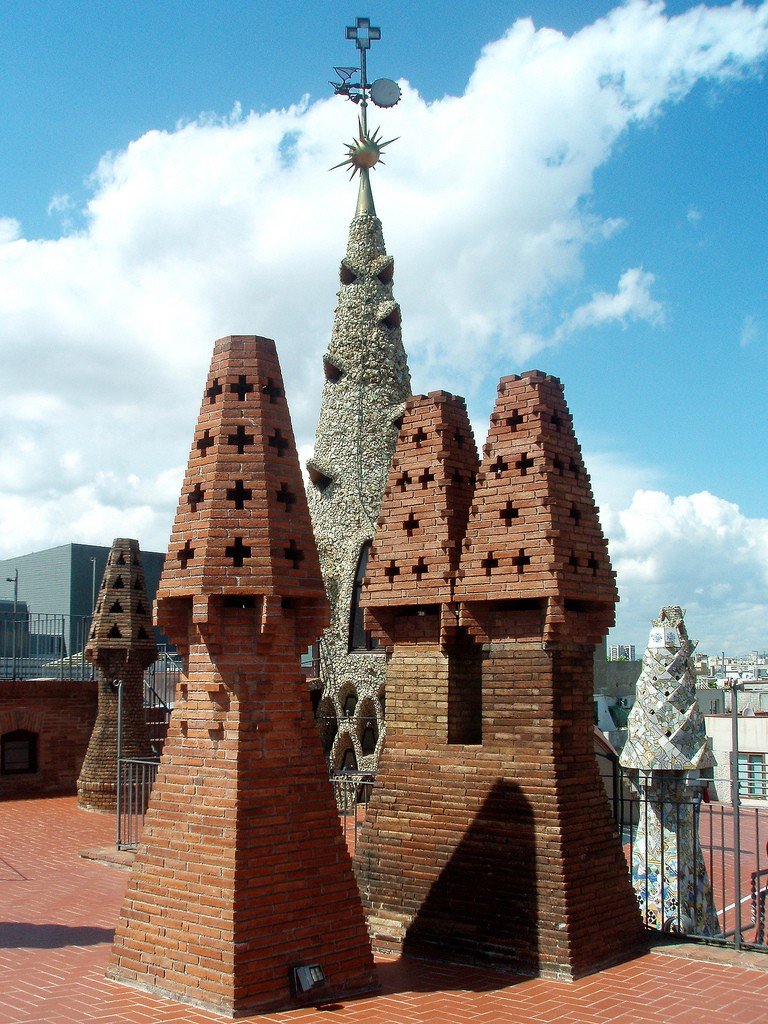
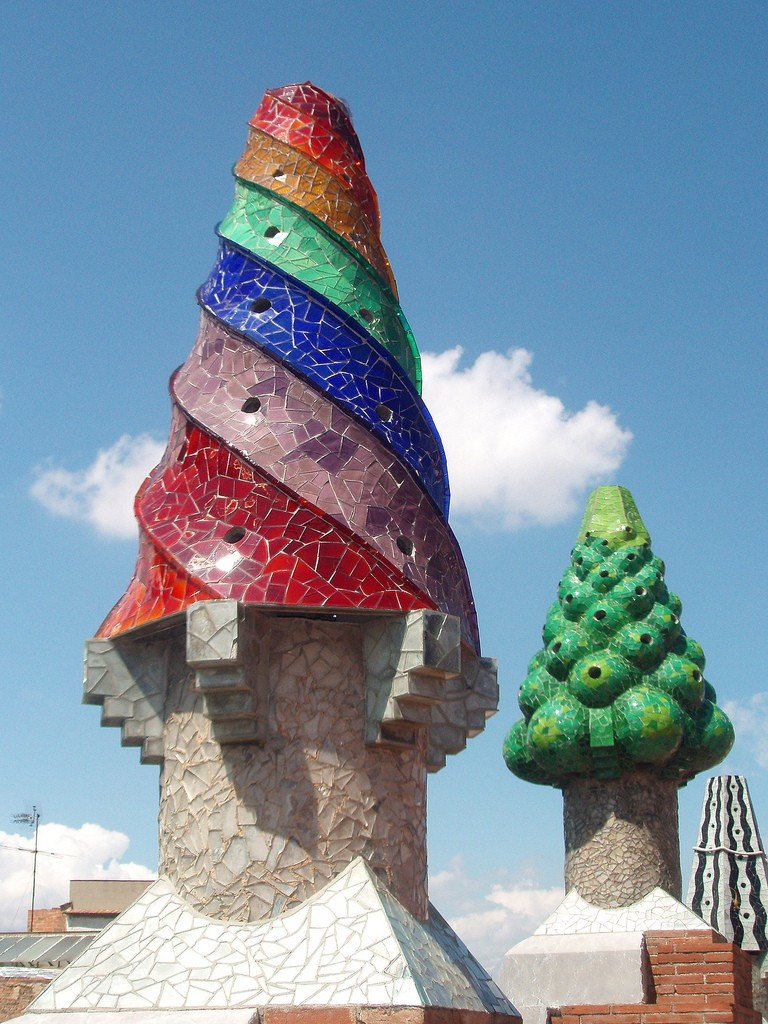
Video: Palacio Güell
Contents- Highlights
- Who is Güell?
- The Architect’s Challenge
- Features of the architecture
- Visit and tickets
- How to get there
Highlights
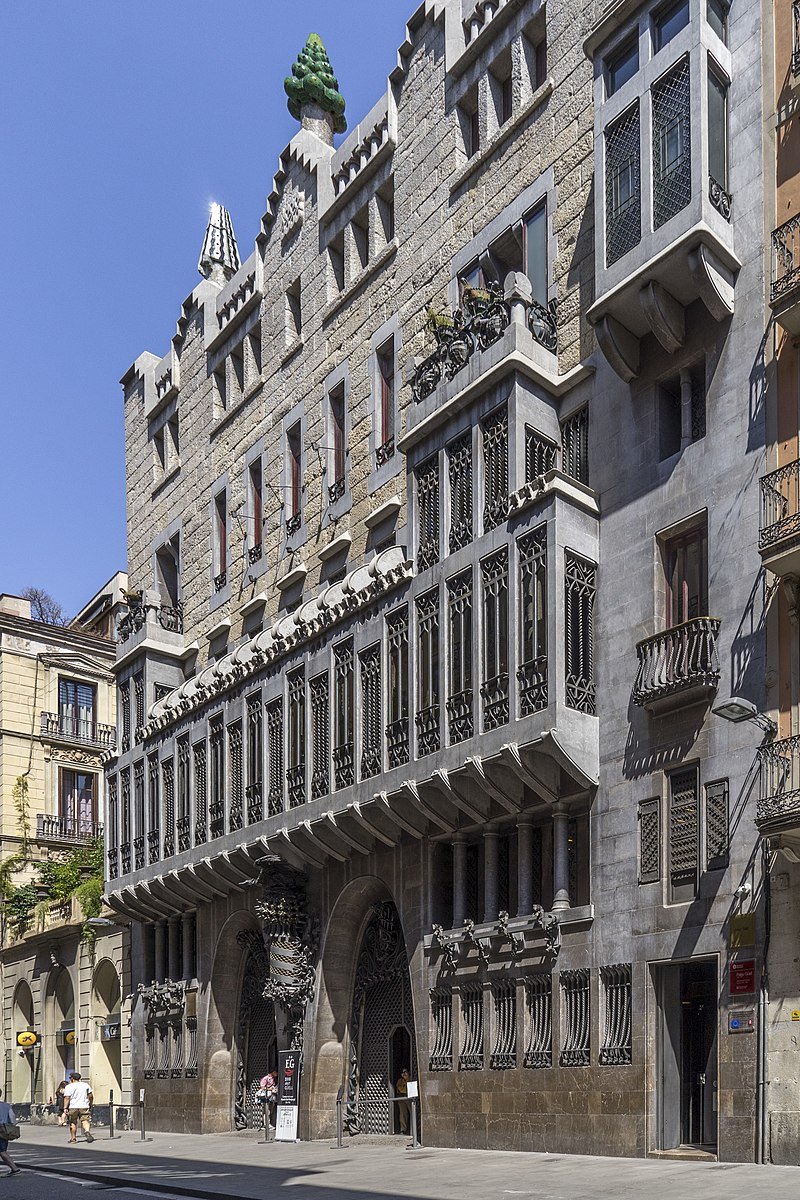
The point is that it was in the Gothic Quarter that the rich manufacturer and generous philanthropist Eusebi Güell spent his childhood, and he did not want to part with the places dear to his heart. Having bought the land next to his father’s house, the Catalan industrialist did not doubt for a long time, who to entrust the work on the new estate. Even at the Paris World’s Fair a few years earlier, he drew attention to the talented architect, enthusiastic about the ideas then fashionable in Europe neo-Gothic. The Count helped a promising fellow countryman to get acquainted with influential people, and soon invited him to realize an ambitious project.
.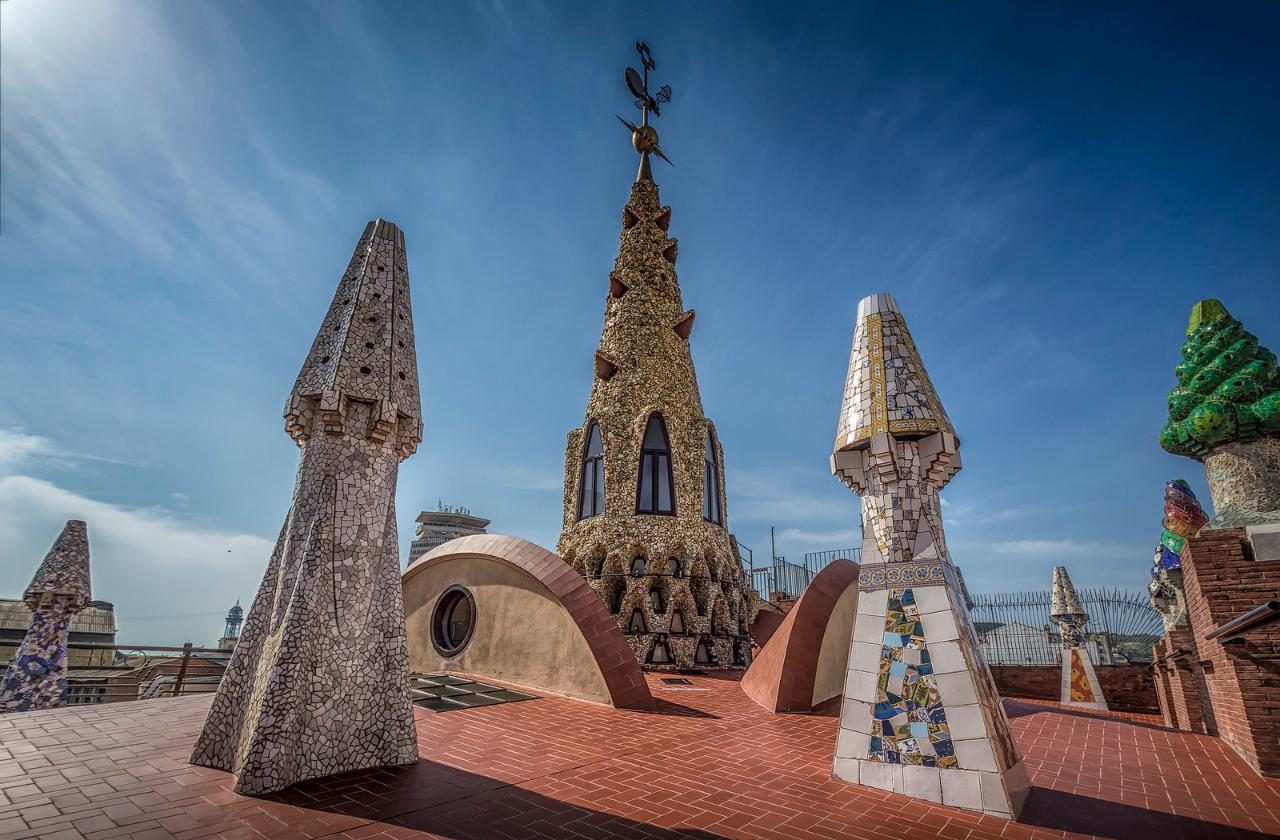
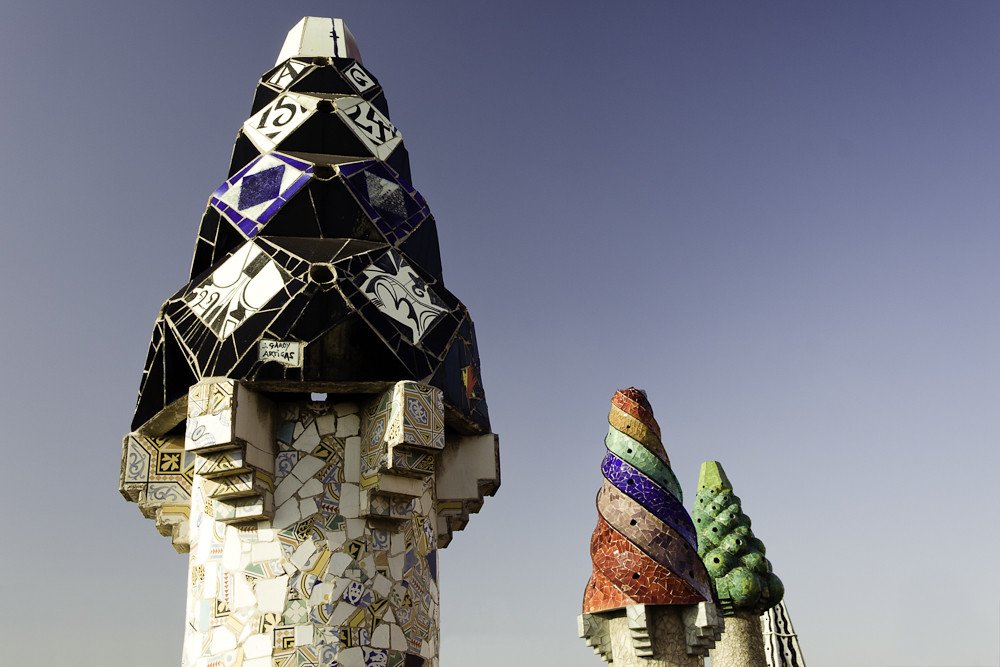
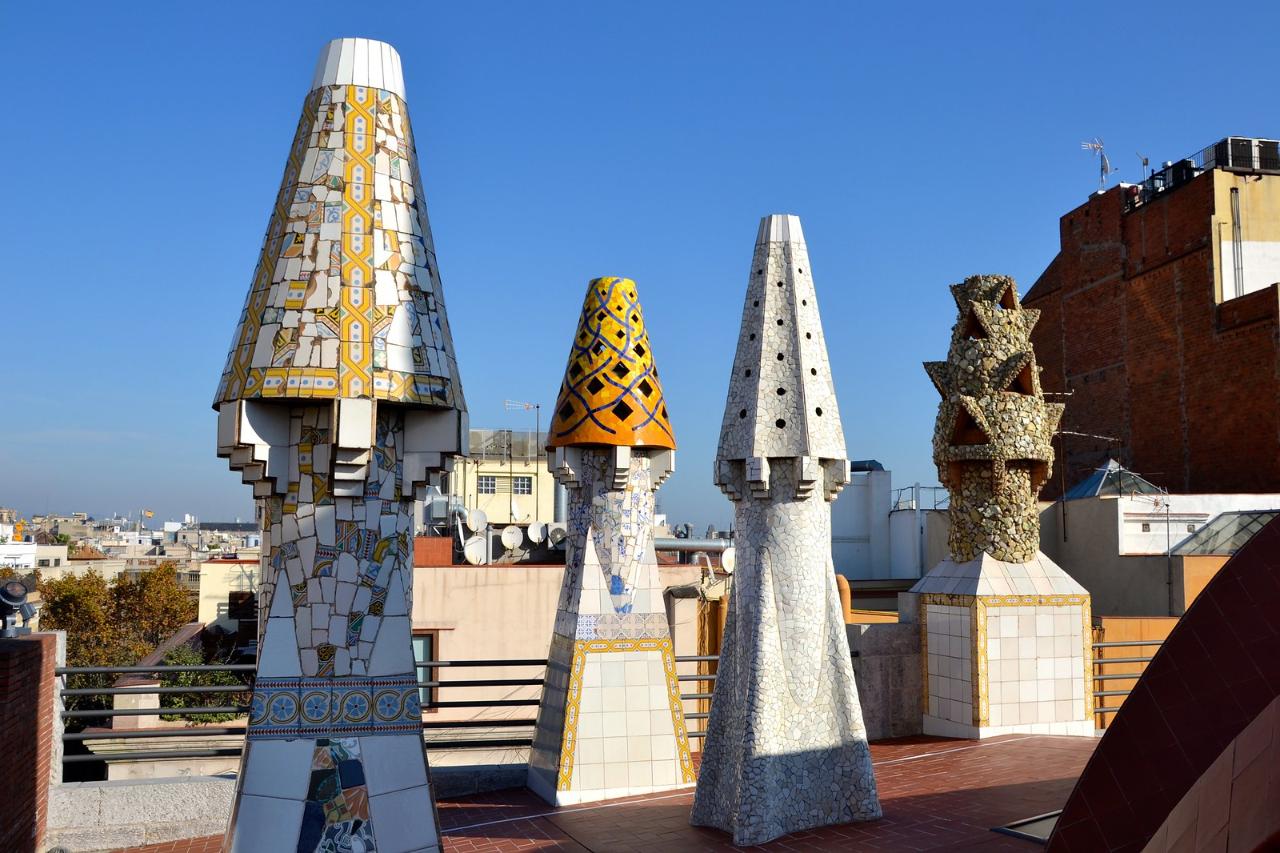
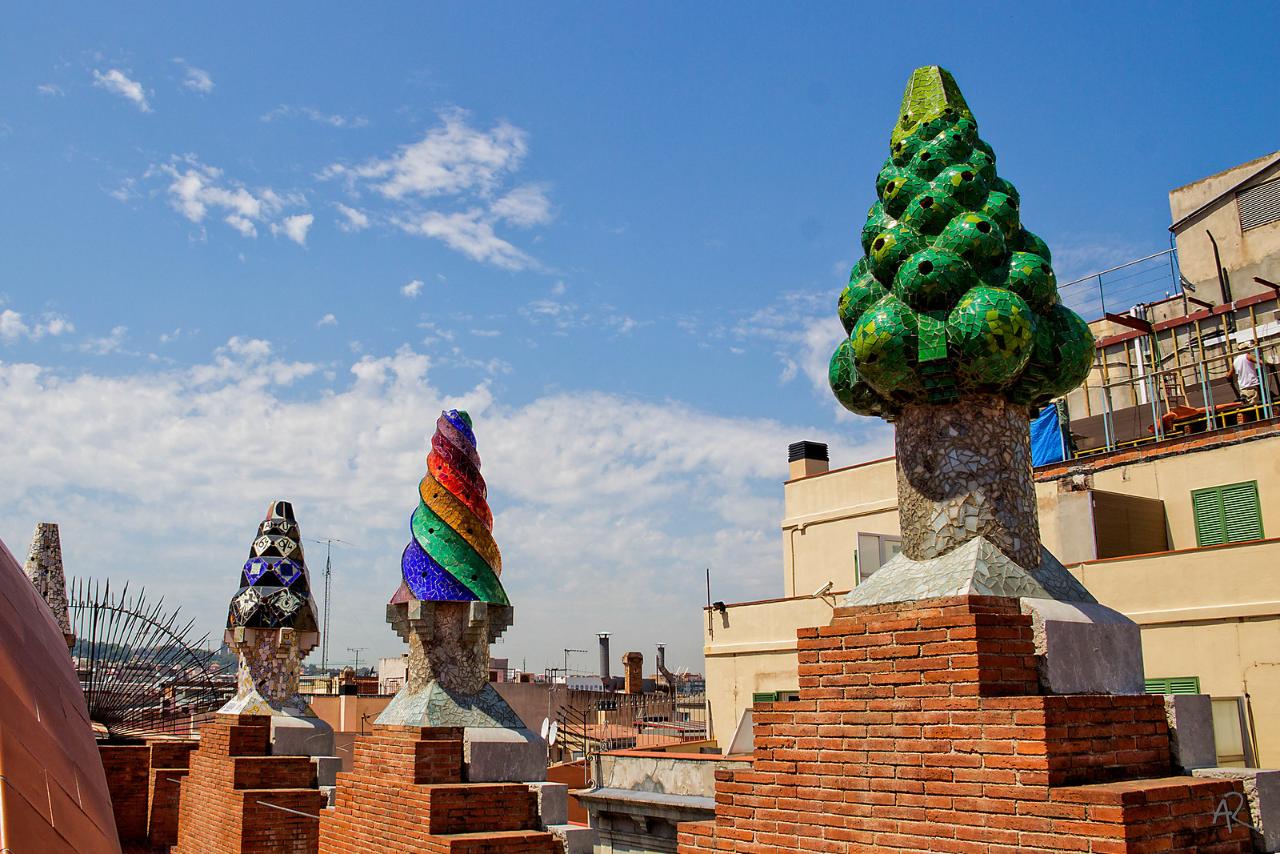
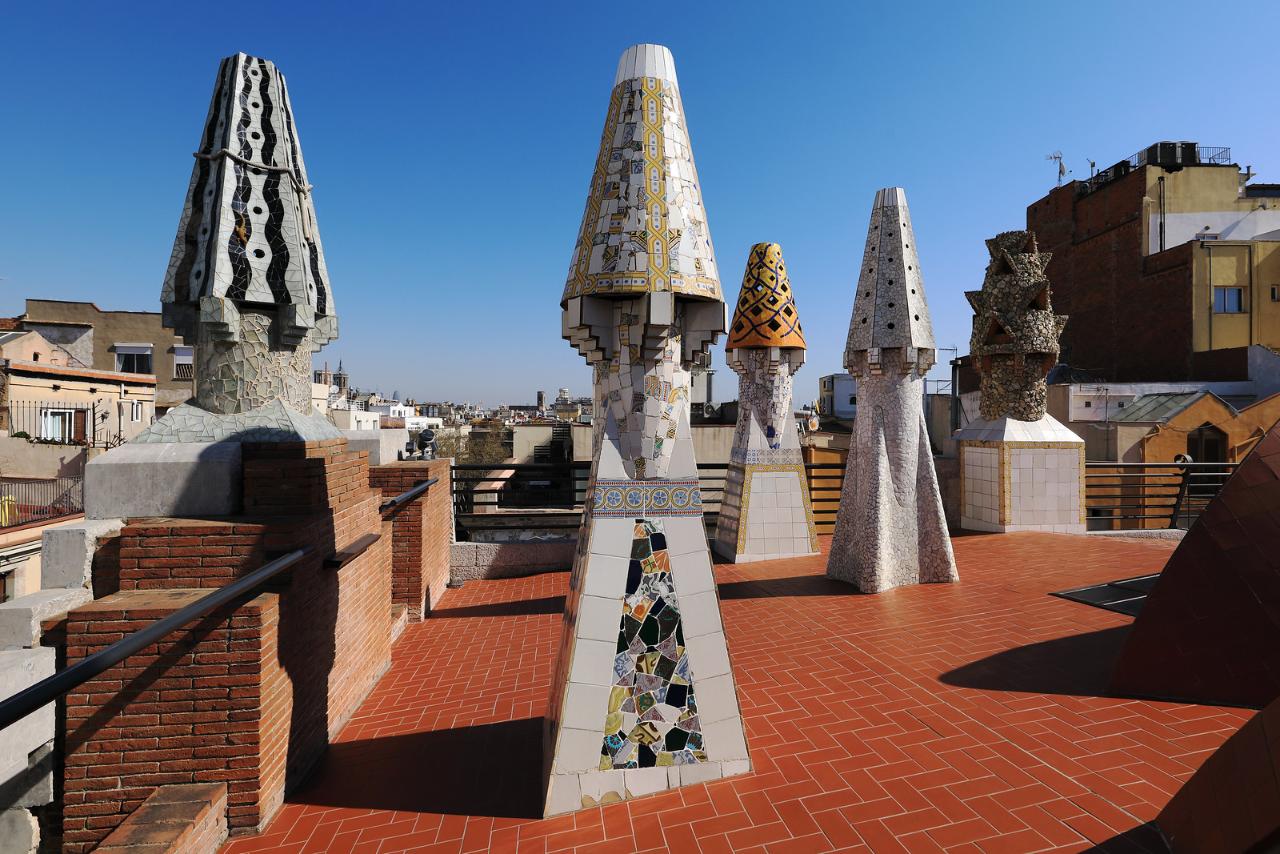
The Architect’s Challenge
‘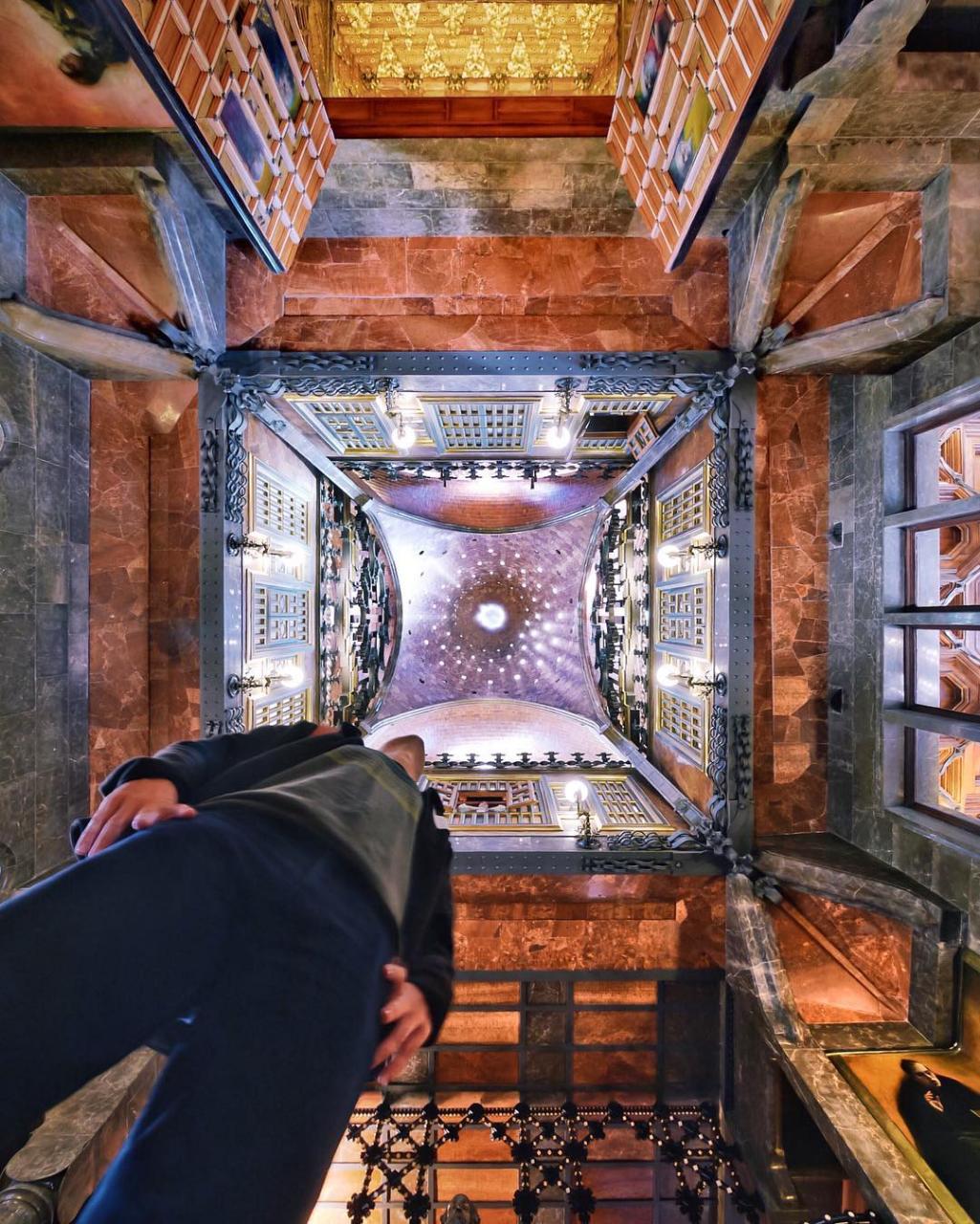
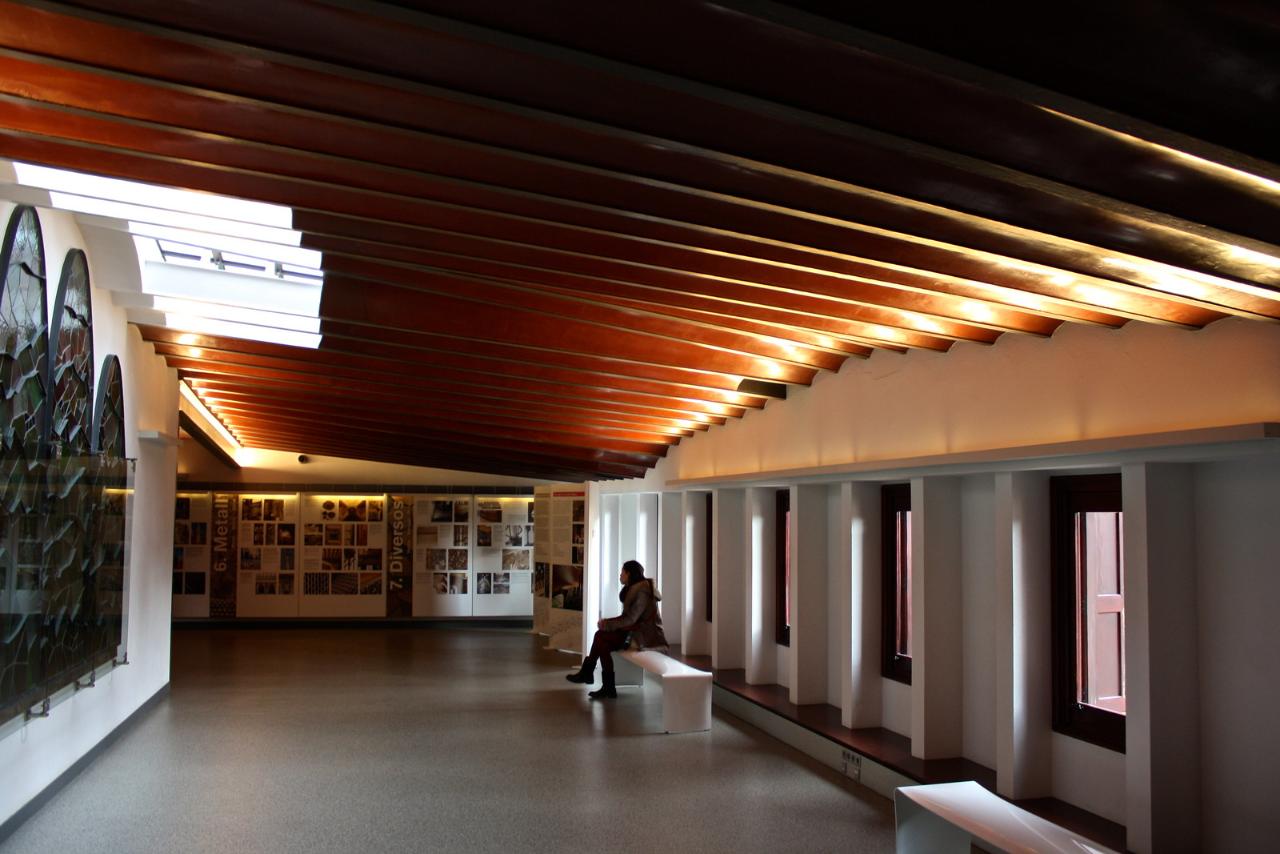
The passageways and corridors between the new and old estates were designed to connect and at the same time delimit the private and high society life of the Count’s household. Immediately after its completion, the Güell Palace became a venue for receptions, art exhibitions and concerts. Knowing about this idea of the future owner, Gaudi designed it taking into account not only aesthetics, but also acoustics. The center of the composition became a unique dome, which begins in the central hall of the first floor and ends in the attic – whether it is a bell tower of the cathedral, or an observatory… Due to the numerous windows on its top, visitors have the impression that they are under the open starry sky.
.This is how under the wrapping of the “Venetian palazzo” squeezed into a narrow street there is a real music box, inside which you feel tiny and almost weightless!
.https://trevaladvisor.com/img%img/Dvorec-Guelyareterte/Interer-dvortsa-Guelya-1.jpg” alt=””/>‘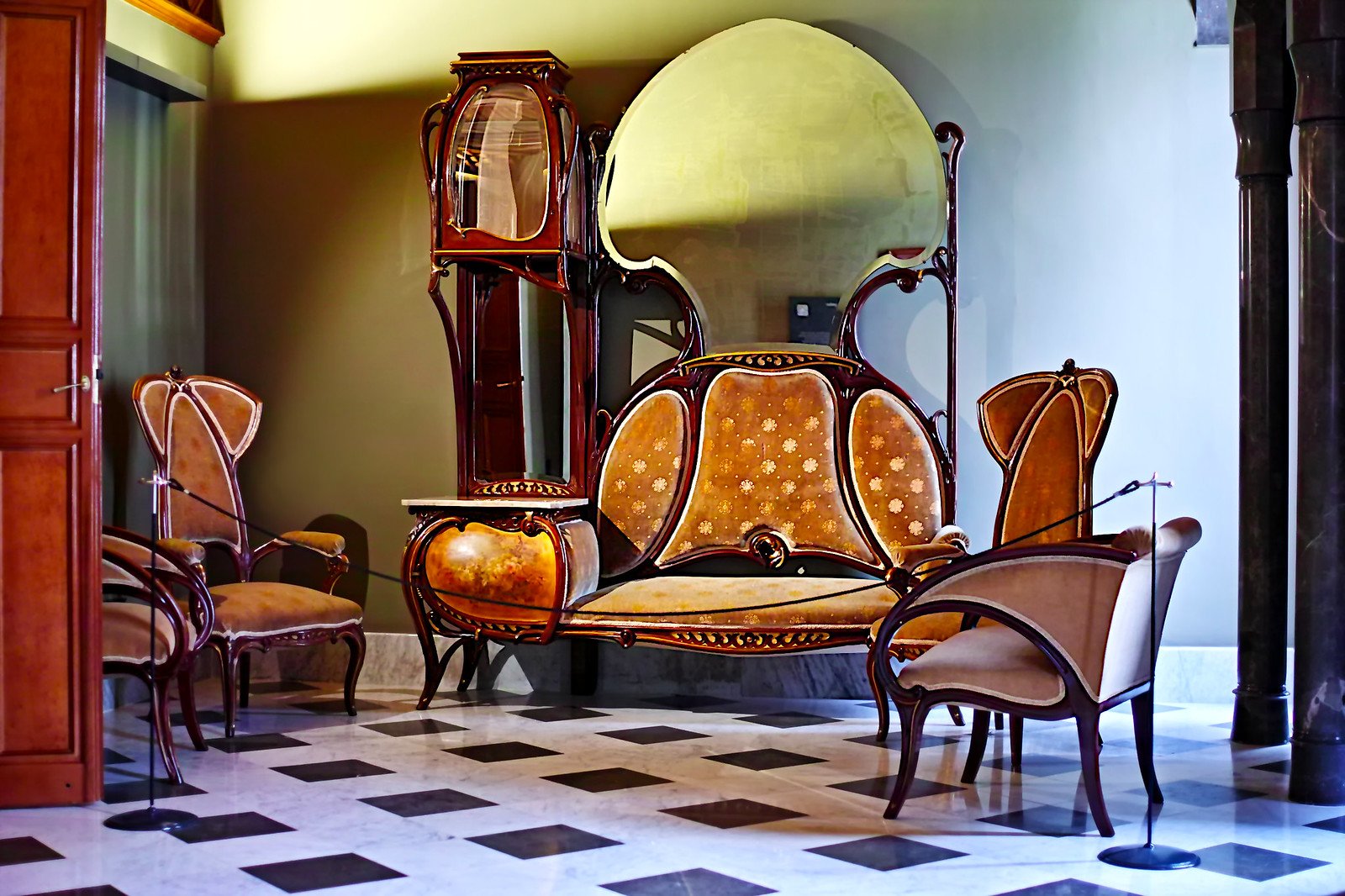
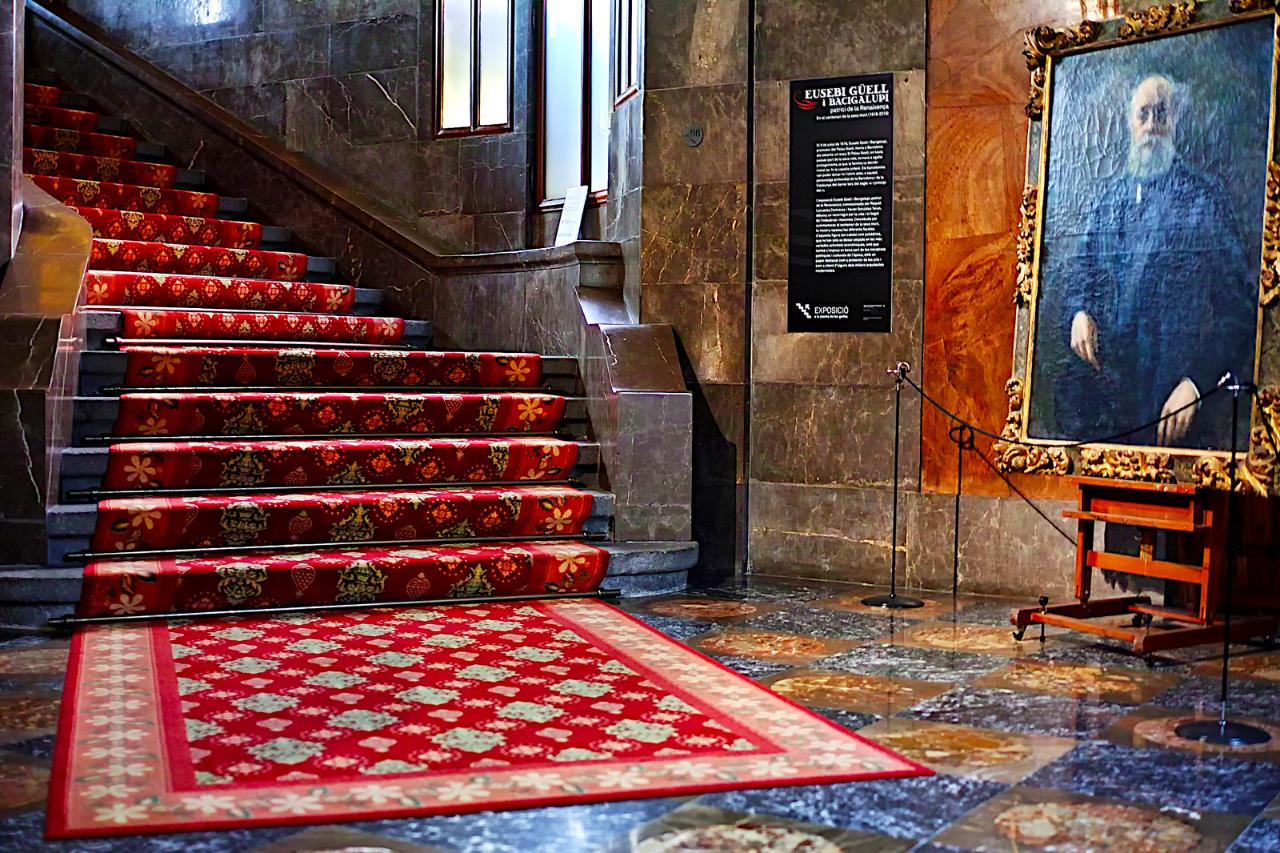
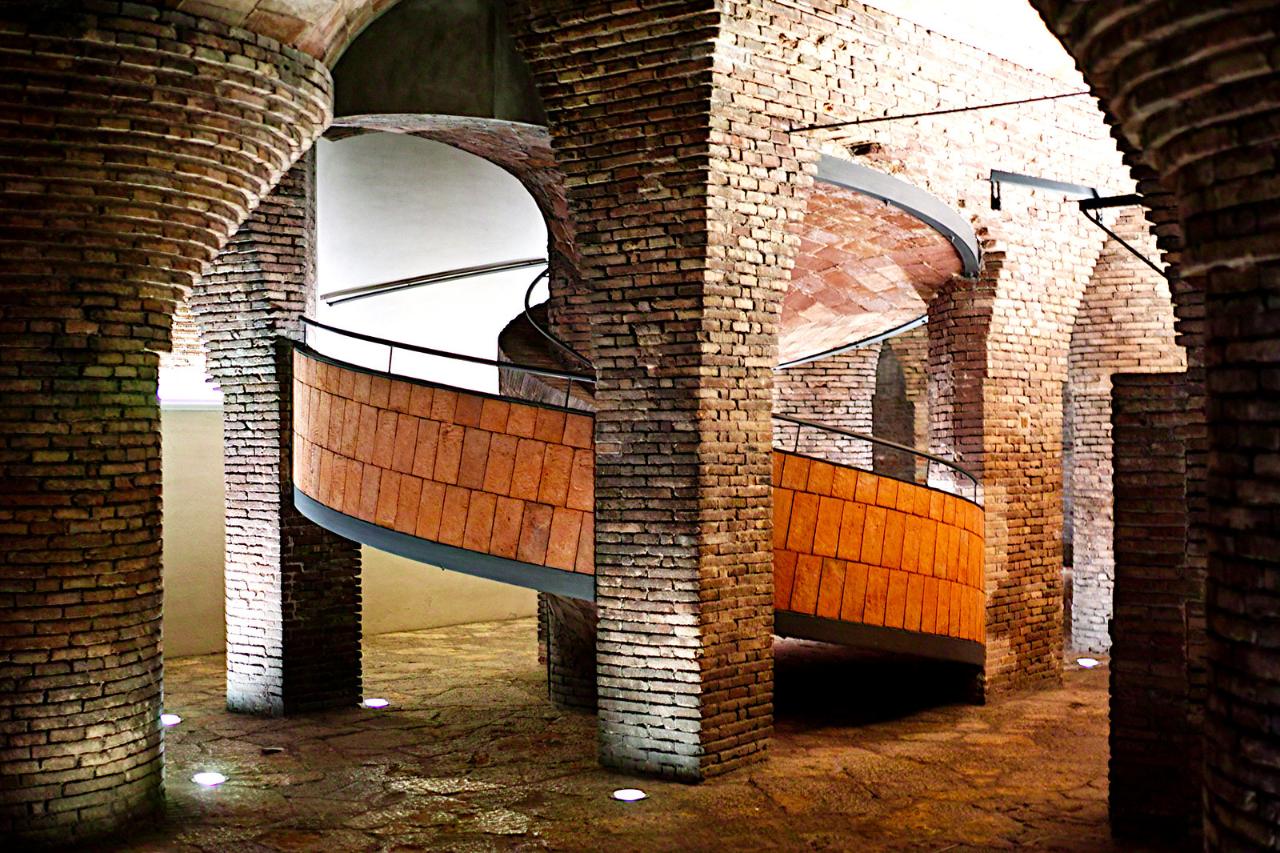
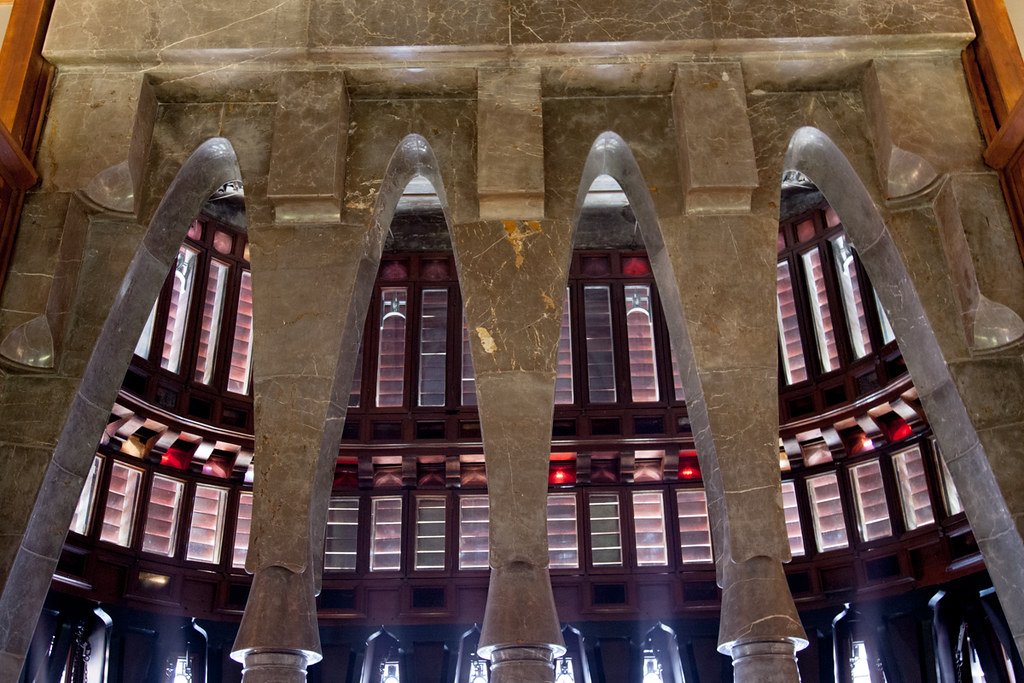
Features of the architecture
In the layout of the rooms, Gaudí followed the traditions established at the end of the 19th century. The lower floor of the Güell Palace is covered with flat Byzantine vaults. Spacious halls are located in the mezzanine, bedrooms – on the second floor, and under the auxiliary rooms allocated to the third floor. It is noteworthy that when creating the palace, the architect used 127 types of columns made of durable limestone.
.Hardly the strongest impression is made by the roof of the Güell Palace. The central spire is surrounded by 18 chimneys and vents. All of them are decorated with pieces of colorful ceramics. Once on the roof of the mansion, tourists feel as if they are in a magical garden.
.Visit and tickets
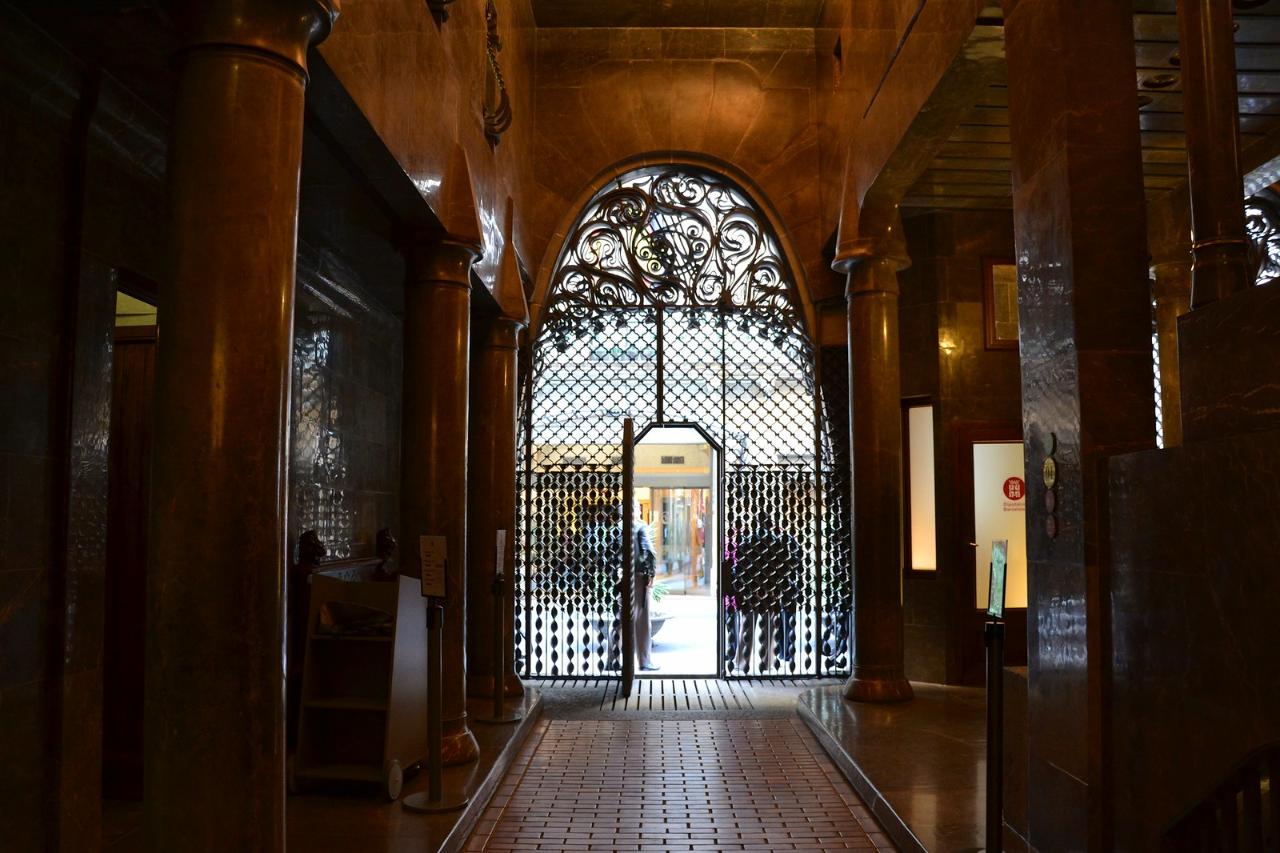
How to get there
Palau Güell stands in the historic center of the Catalan capital, in the El Raval district, on Carrer Nou de la Rambla, 3-5. The closest to the building is the L3 “Liceu” metro station. In addition, this part of Barcelona is easily accessible by buses 59, N9, N12, N15 and V13.
.